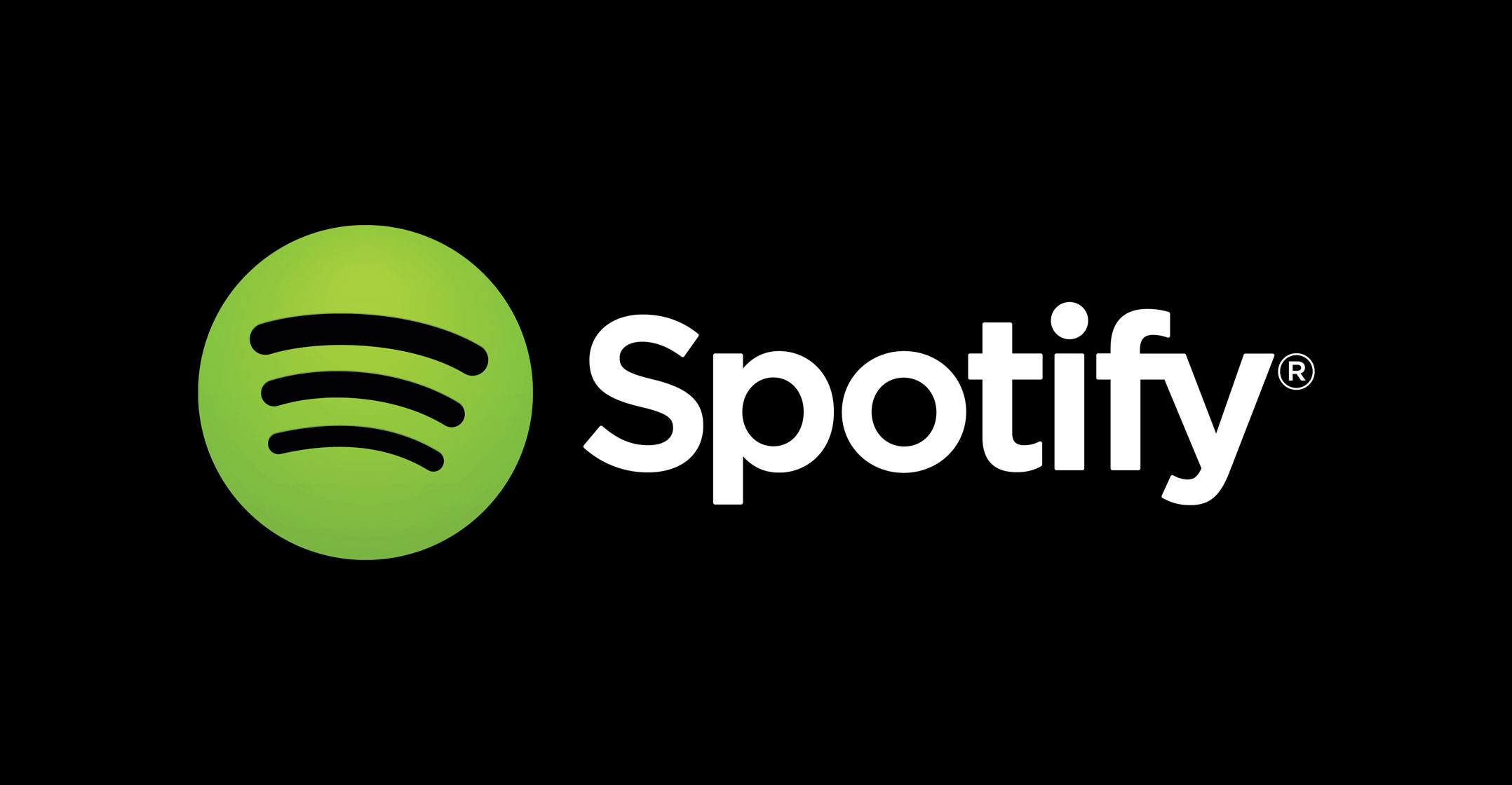
Apple investors eager for fatter profit margins should read Spotify’s latest financial disclosures. They should have a few antacids handy when they do.
The company’s document for its public stock listing highlights how tricky it is to turn a profit in digital music. Spotify Technology’s gross profit margins drastically improved last year thanks to new contracts with the record labels, but the company is still doling out 75c to 80c of every dollar in revenue to its music industry partners, and for some other basic costs of providing its product. That makes it tough for Spotify to turn a profit.
This unpleasant financial reality is relevant for Apple, too. The company’s investors have been captivated for several years by the financial character of Apple’s “services”, a grab bag of products including App Store sales, iTunes, the AppleCare warranty programme and its own digital music service.
Apple has said its services revenue would double by 2020 from what at the time was about US$25bn in annual sales. (It was $31bn in the 12 months ended 30 December.) The forecast for fresh revenue is appealing, but investors have been most enthusiastic about the potential for Apple’s growing services business to sweeten Apple’s profit margins. In a research report this week, Piper Jaffray estimated gross margins for Apple’s services business is higher than 60%. The figure for the whole company was 38.4% in the December quarter.
No doubt profit margins are high for iCloud and the App Store, where Apple’s costs are low or its role is limited to taking a slice of sales. But the financial profile is different for digital video and especially digital music. As Spotify showed, digital music margins are feeble. The company’s fourth quarter gross margin of 24.5% would give Apple investors stomach pains.
It’s possible Apple will be able to squeeze better terms from the music industry or otherwise run its digital music service more profitably than Spotify does. But it’s difficult to shrug off the reality that as revenue from digital music subscriptions increases, so do the fees Spotify (and presumably Apple) must pay under their contracts with the record labels and others. In general, costs scale with revenue.
High-cost model
This high-cost business model for digital music might hamper the company’s willingness to include Apple Music if it begins selling bundles of company offerings including, for example, a subscription to a future Netflix-like video service, Apple’s news-reading app and extra storage capacity for digital files and photos. There is little additional cost for Apple to provide each new customer with digital video programming, news stories and iCloud. For music, Apple has to fork over fees for each additional song or music subscriber.
Besides, including Apple Music in a future package of add-on services would be a complex proposition. Would Apple have to give the record labels a cut of the full cost of a bundled subscription with multiple Apple goodies? Apple wouldn’t stomach sacrificing a share of its estimated 80% gross margin on iCloud to those record executives.

A future potential Apple services add-on in digital video may not improve things much. Netflix’s gross margins, for example, were 36% in the most recent quarter. Again, if Apple’s services profit margin is deflated by the company’s push into entertainment programming, that also dents the investment notion that Apple is sitting on a services gold mine.
It’s true that Apple and its investors are in a bind. It is getting tougher to sell more iPhones each year as the entire smartphone industry hits a wall. Apple needs to branch out into more businesses, but it’s difficult to move the needle significantly for a company with $240bn in annual revenue and the largest profits of any US company.
Everything Apple does has to be both huge and high margin to satisfy the company’s own financial criteria and the high demands of investors. It’s a tricky situation for Apple. And the digital music business is hardly a panacea. — Reported by Shira Ovide, (c) 2018 Bloomberg LP




